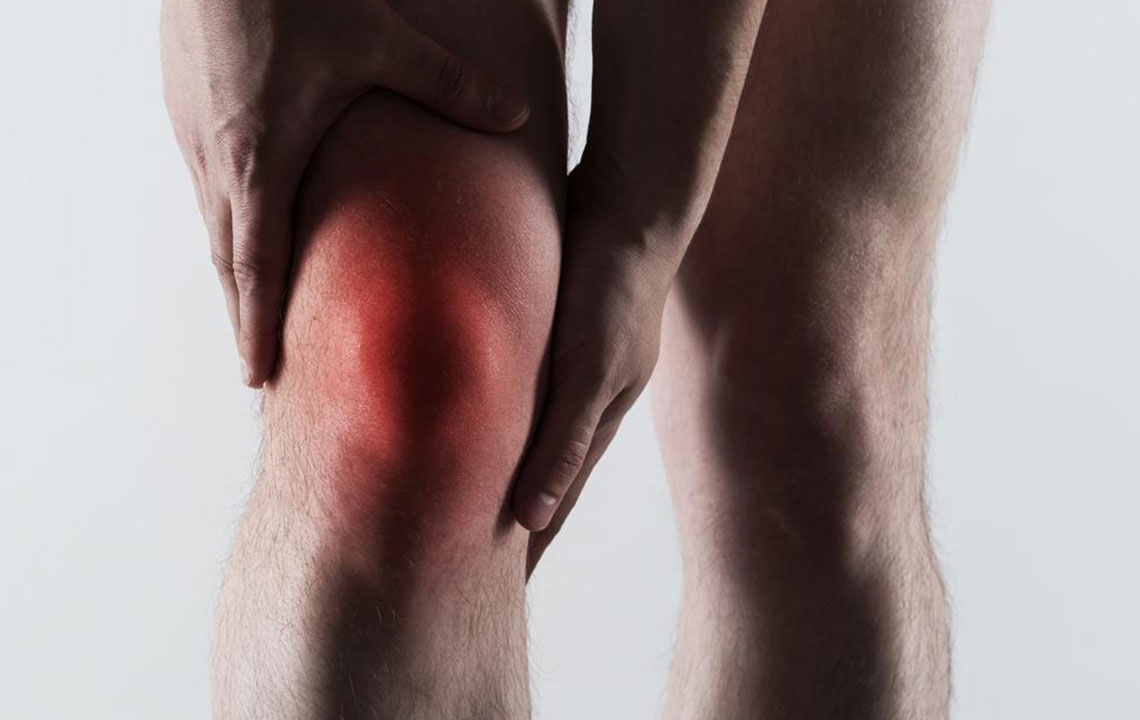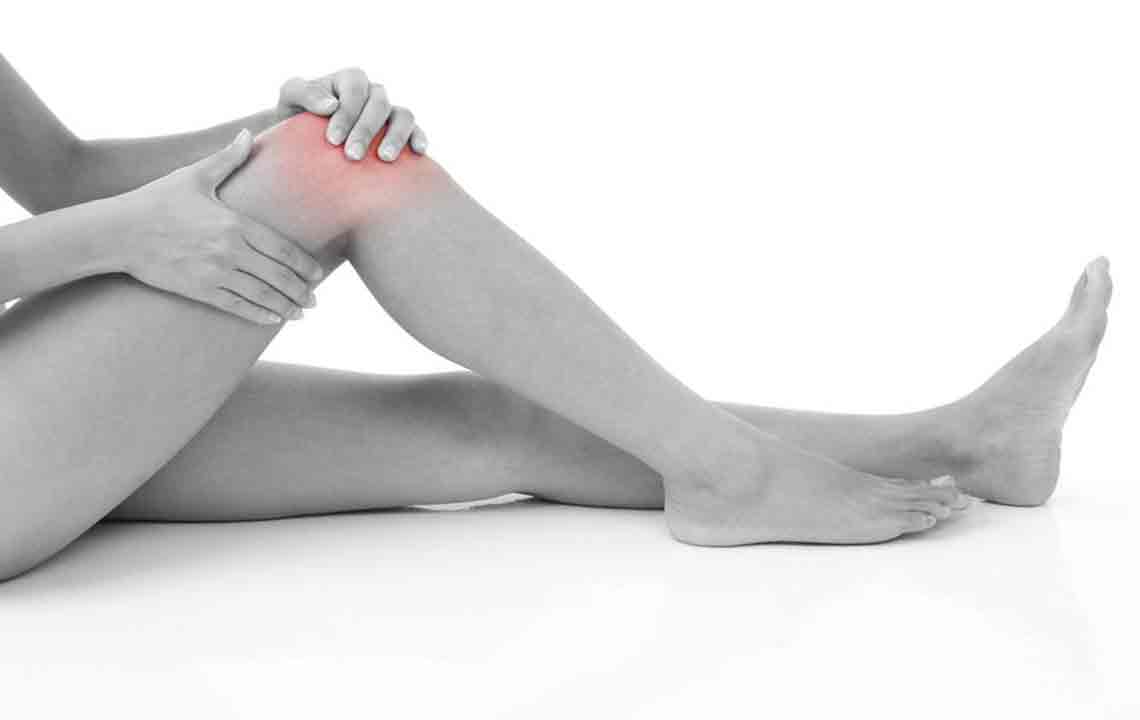Comprehensive Guide to Managing Gout Symptoms Effectively
This comprehensive guide offers effective strategies for managing gout symptoms, focusing on reducing uric acid levels through medications, diet, and natural remedies. It covers treatment options for different severity levels and emphasizes lifestyle adjustments to prevent flare-ups and long-term joint damage. Learn practical tips and advice to regain control over gout and improve your quality of life.

Effective Strategies for Controlling Gout Symptoms
Gout is a debilitating form of inflammatory arthritis that predominantly causes sudden, severe episodes of pain, swelling, warmth, and redness in the affected joints. It often starts in the big toe but can also affect other joints such as the knees, ankles, and feet. Less frequently, gout can involve the wrists and elbows. Historically known as the "rich man's disease," gout's association with high purine diets and wealth has shifted over time, as current research reveals it is more closely linked to metabolic health issues, including uric acid levels and kidney function. Lifestyle, diet, and genetic predispositions all contribute to its development, making management a multifaceted endeavor.
Understanding the root cause of gout is essential for effective management. It results from the accumulation of needle-like sodium urate crystals in joint tissues, which triggers intense inflammation and pain. The key to controlling gout involves lowering blood uric acid levels through medication, diet alterations, and lifestyle changes. This not only reduces the frequency of acute gout attacks but also prevents long-term joint damage that can severely impair mobility and quality of life.
Effective gout management is tailored to each patient's age, overall health, medical histories, and the severity of their symptoms. The primary treatment approach involves non-steroidal anti-inflammatory drugs (NSAIDs) or corticosteroids to rapidly reduce inflammation and pain during flare-ups. These medications are typically prescribed for immediate relief and are closely monitored by healthcare providers. For individuals with chronic conditions like kidney disease or diabetes, treatment plans are carefully designed to mitigate potential side effects while effectively controlling uric acid levels.
Corticosteroids, administered orally or via injection, can quickly lessen severe inflammation during acute attacks. In addition to managing symptoms, long-term medications are prescribed to keep uric acid levels within a safe range. Drugs such as allopurinol, febuxostat, or uricosuric agents facilitate the removal or reduction of uric acid production, helping to dissolve existing crystals and prevent new ones from forming.
Home remedies and lifestyle modifications play a significant role in gout management alongside medications. For example, apple cider vinegar is believed to balance body pH and reduce uric acid buildup. It can be diluted in water and consumed daily or applied topically to affected joints. Baking soda, when used cautiously and in moderation, may help neutralize body acidity, reducing the risk of gout attacks—though caution should be exercised, especially among those with high blood pressure. Incorporating natural anti-inflammatory foods like ginger and turmeric can help soothe joint pain and decrease inflammation. Bromelain, an enzyme found in pineapple, and celery seeds have been traditionally used to help lower uric acid levels. Taking Epsom salt baths, which contain magnesium, can promote muscle relaxation, reduce joint swelling, and may assist in lowering uric acid through transdermal absorption. Combining proven medications with natural remedies and lifestyle changes creates a holistic approach to managing gout effectively.





